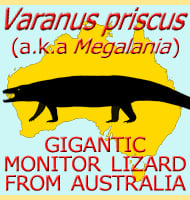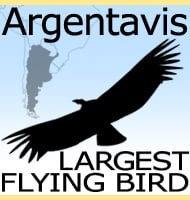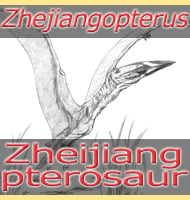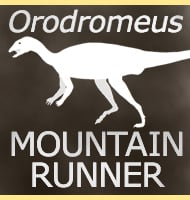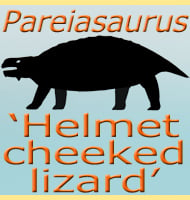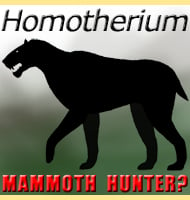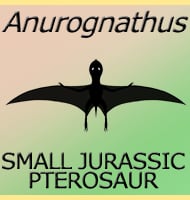In Depth
Gryposuchus was initially known as Ramphostoma neogaues until the addition of the second species in 1912 when it was realised that Ramphostoma was already used and actually a synonym for a genus of blind snakes called Leptotyphlops. Although a synonym, Ramphostoma could not be applied as it was first used in 1860 and the first Gryposuchus fossil not described until twenty-five years later in 1885.
In life Gryposuchus would have resembled a ten meter long gharial, a crocodile that has a particularly long and narrow snout. Gharials are known to eat almost entirely fish when full grown and it is possibly that Gryposuchus hunted in a similar way for particularly large fish species. Gryposuchus also seems to have been active in both coastal and freshwater locations, further increasing its ability to find prey, perhaps also including marine mammals into their diet.
Gryposuchus lived in South America during a time that may have seen it living in the same waterways as two other giant crocodiles called Purussaurus and Mourasuchus that were actually a little larger than Gryposuchus itself. However Gryposuchus may not have directly competed with either of these two as Purussaurus seems to have been a more generalist predator of large animals, while Mourasuchus seems to have been a filter feeder consuming mouthfuls of small prey.
A giant crocodile that may have been similar to Gryposuchus is called Rhamphosuchus. While this crocodile also lived during the Miocene period, it actually lived on the other side of the world on the Indian subcontinent.
Further Reading
– Gryposuchus jessei, ein neus schmalschnauziges Krokodil aus den j�ngeren Ablagerungen des oberen Amazonas-Gebietes. – Mitteilugen des Mineralogisch, Geologischen Instituts Hamburg 4:59-71. – G. G�rich – 1912. – Fossil crocodilians from Colombia and the Cenozoic history of the Crocodilia in South America. – University of California Publications in Geological Sciences 52:1-169. – W. Langston Jr – 1965. – Crocodilians, Gryposuchus and the South American gavials by W. Langston and Z. Gasparini. – In Vertebrate Paleontology in the Neotropics – R. F. Kay, R. H. Madden, R. L. Cifelli, J. J. Flynn (eds.). – 1997. – The world’s largest gharials Gryposuchus: description of G. croizati n. sp. (Crocodylia, Gavialidae) from the Upper Miocene Urumaco Formation, Venezuela. – Pal�ontologische Zeitschrift 82(2):178-195. – D. Riff & O. A. Aguilera – 2008. – A New 13 Million Year Old Gavialoid Crocodylian from Proto-Amazonian Mega-Wetlands Reveals Parallel Evolutionary Trends in Skull Shape Linked to Longirostry. – PLoS ONE. 11 (4). – Rodolfo Salas-Gismondi, John J. Flynn, Patrice baby, Julia V. Tejada-Lara, Julien Claude & Pierre-Olivier Antoine – 2016.


